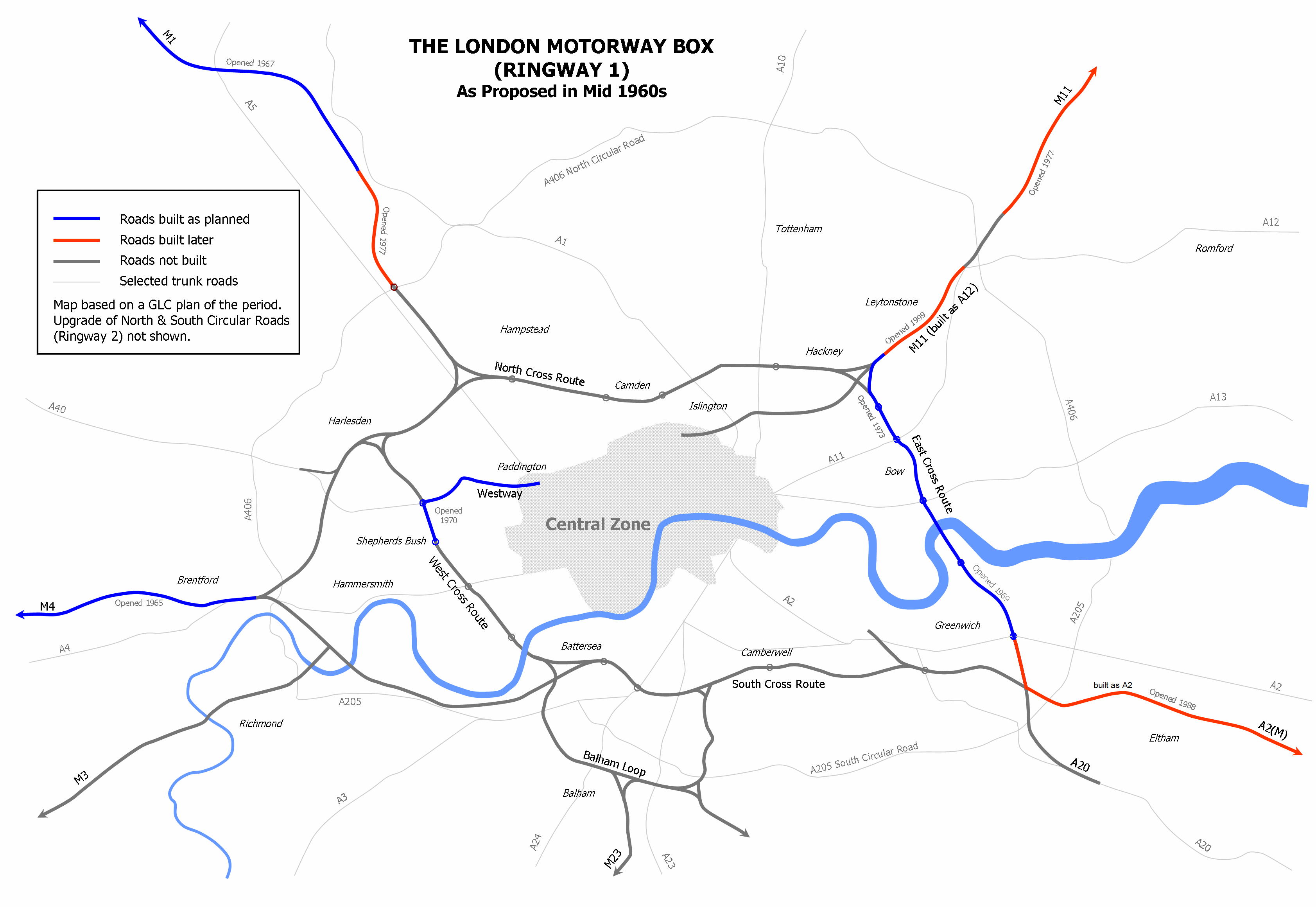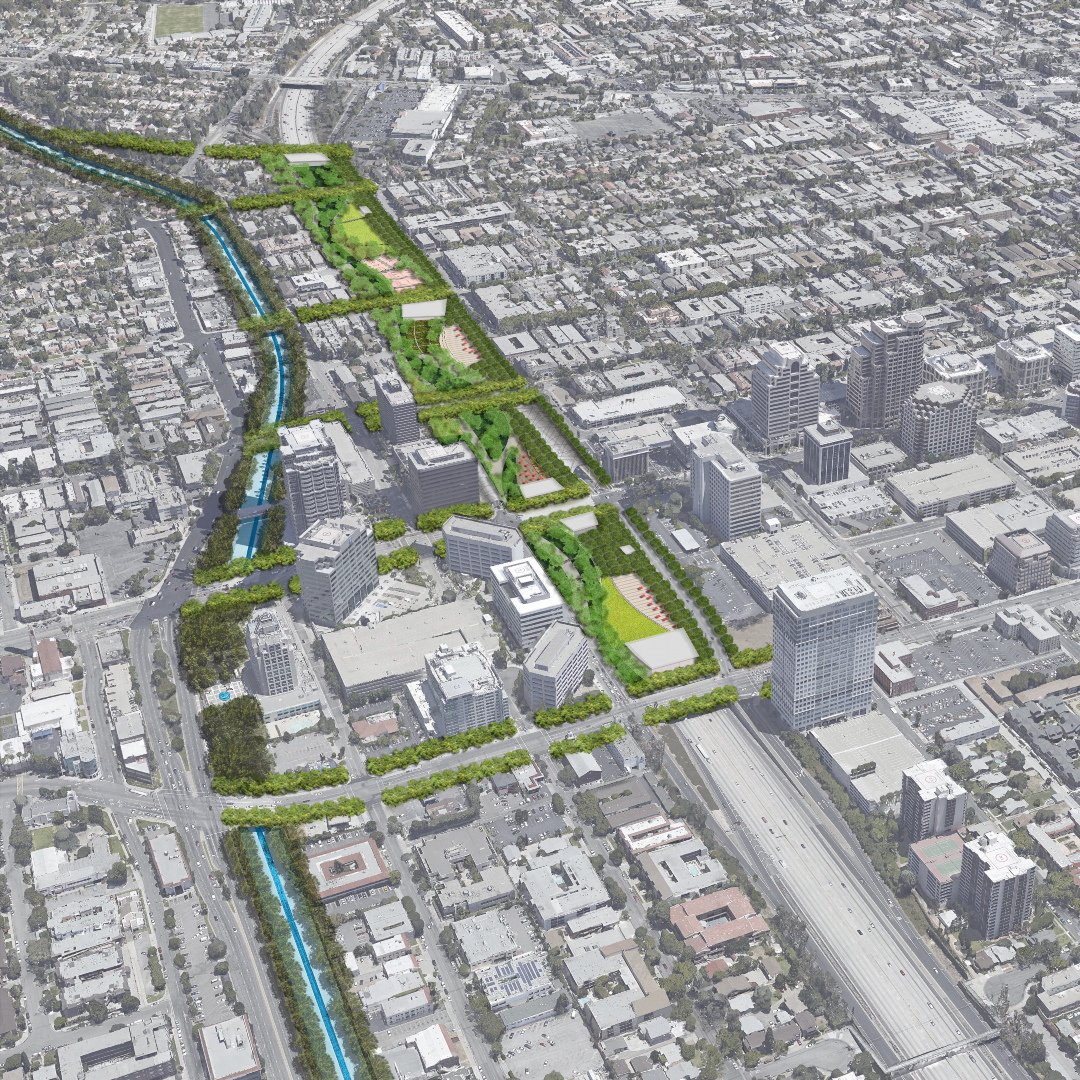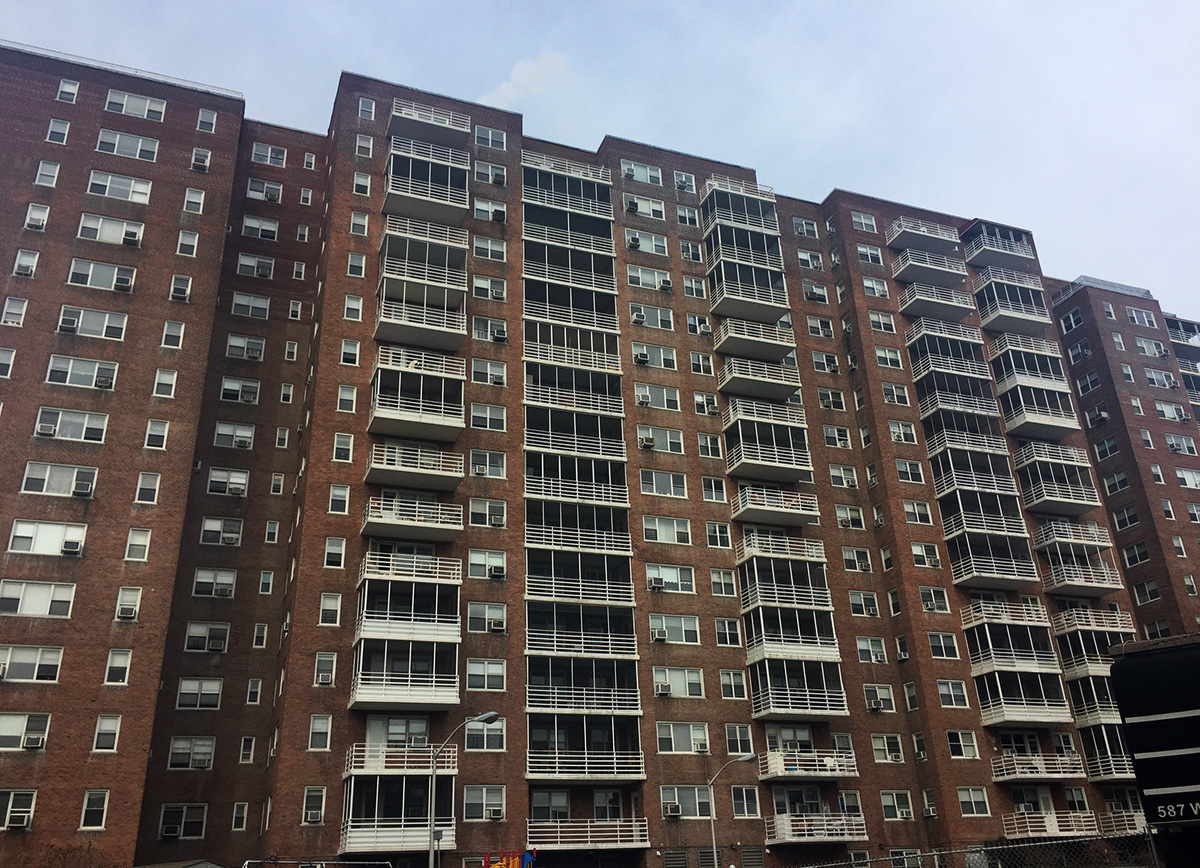Why not? It put Shelbyville, Ogdenville, and North Haverbrook on the map.
Sorry, it's the law, any mention of monorails requires a reference to the Simpsons episode.
Understand. It is one white elephant and likely tourist trap scheme that (provided it is modernized) would make it as unique to London as the Routemaster Buses and Black Cabs.
London's population density is only 14,000 per square mile. That's half of what it is for New York.
Not so much thinking about population density rather the fact it would radically change London to something almost unrecognizable, drawing some parallels with post-war Tokyo by also becoming a sprawling high-tech city brimming with more high-rise buildings compared to OTL.




